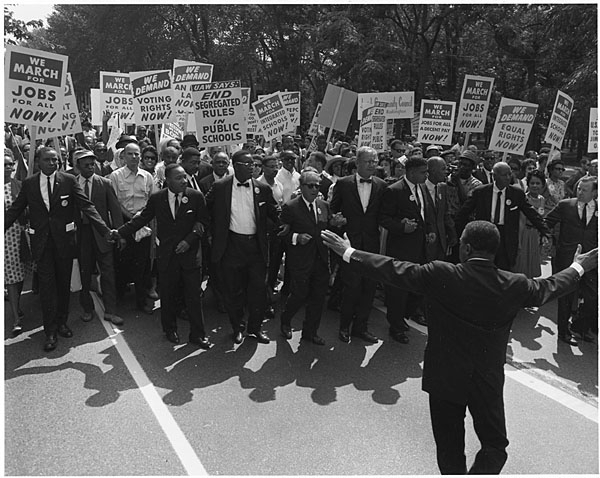Although slavery was formally abolished in the United States in 1865, it was nearly a century until African Americans were firmly established in the country’s middle class. This development started in Washington, D.C. during World War II, when African Americans were hired for federal jobs, said Frederick Gooding, an NAU assistant professor of ethnic studies.
Gooding’s book project, Black Federal Workers in the Nation’s Capitol, details what he calls the secret ingredient: after African Americans moved from the south to help with the war effort and fill federal jobs, they were able to incorporate skills they had learned in college and essentially joined the middle class ranks.
“In the south, these people were poor and oppressed, working as agricultural laborers or domestic workers,” Gooding said. “When the government became a chief employer of African Americans, there was a transformation: for the first time, they were able to make phone calls, organize and participate in activism.”

The federal government’s trend of hiring African Americans created a shift in public consciousness and helped push the needle on civil rights, Gooding said. “It’s difficult to discriminate against the person delivering your mail or the person processing your loan at the U.S. Department of Agriculture,” said Gooding, who added that the private sector often follows the lead of governmental agencies.
Numerous other efforts have been made on behalf of African Americans, including the post-Civil War reconstruction era, the 1954 Supreme Court ruling that ended segregated schools and the Civil Rights Act of 1964; yet Gooding sees the federal government’s hiring of more African Americans as perhaps the most powerful game changer, despite what he calls an ongoing culture of discrimination.
“African American history is part of American history and we should not hide from or feel embarrassed about some dark chapters,” Gooding said. “Acknowledging it for what it is and embracing it head on will allow us not to repeat the mistakes of the past so we can move forward in a new direction.”



